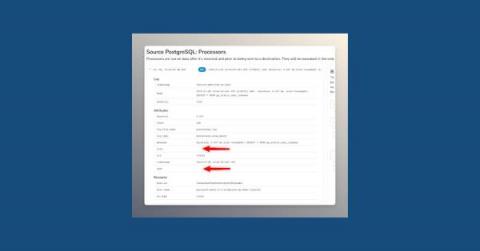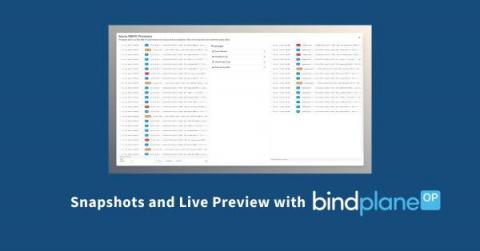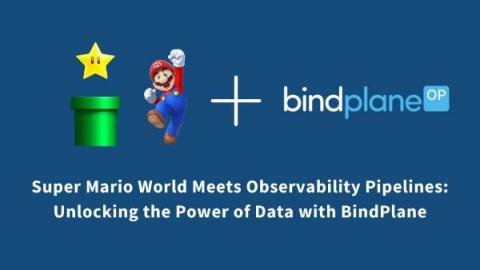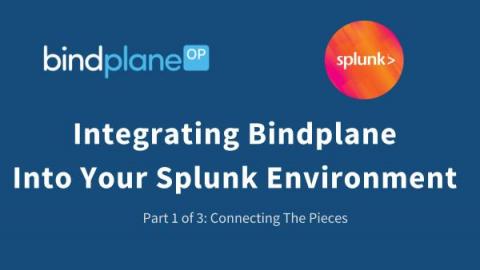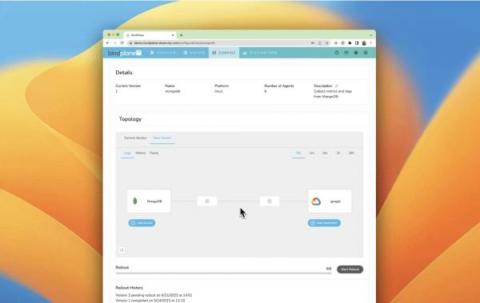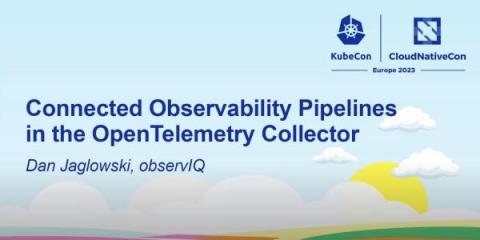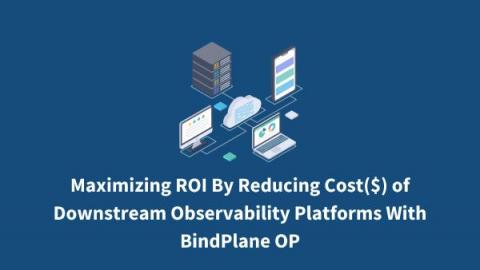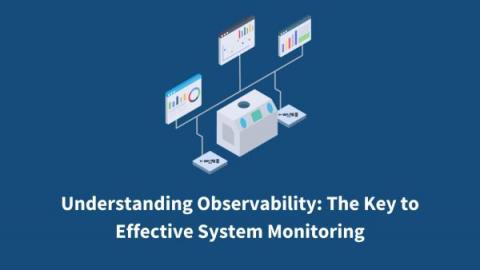How to Remove Fields with Empty Values From Your Logs
Much of the log data we handle doesn’t offer substantial insight and can be conveniently removed from your logs, helping us reduce costs. What may seem like a small adjustment, like deleting an attribute, can have significant implications when scaled up. A typical case involves fields in your logs presenting empty values or housing data considered irrelevant. Below we’ll take a look at a few examples of what this looks like and how you can take action in BindPlane OP.


